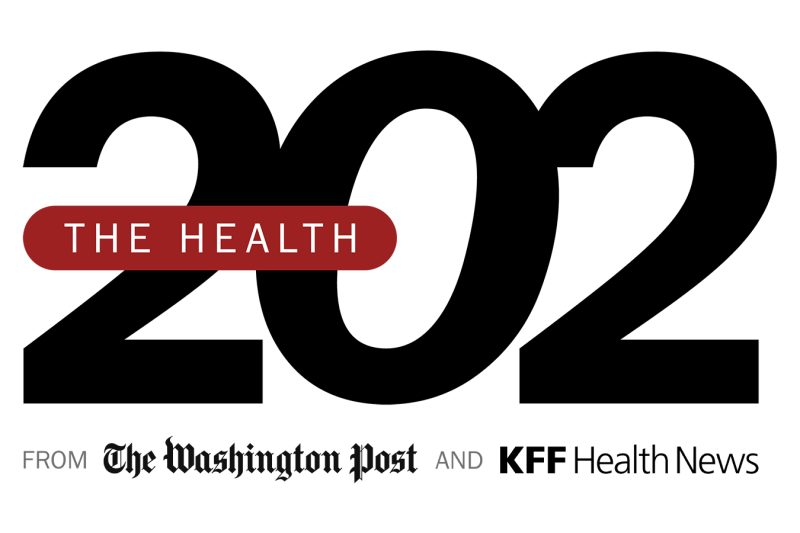Rural Americans Are Way More Likely To Die Young. Why?

Three words are commonly repeated to describe rural America and its residents: older, sicker and poorer.
Obviously, there’s a lot more going on in the nation’s towns than that tired stereotype suggests. But a new report from the Agriculture Department’s Economic Research Service gives credence to the “sicker” part of the trope.
Rural Americans ages 25 to 54 — considered the prime working-age population — are dying of natural causes such as chronic diseases and cancer at wildly higher rates than their age-group peers in urban areas, according to the report.
The USDA researchers analyzed mortality data from the Centers for Disease Control and Prevention from two three-year periods — 1999 through 2001, and 2017 through 2019. In 1999, the natural-cause mortality rate for rural working-age adults was only 6 percent higherthan that of their city-dwelling peers. By 2019, the gap had widened to 43 percent.
The disparity was significantly worse for women — and for Native American women, in particular. The gap highlights how persistent difficulties accessing health care, and a dispassionate response from national leaders, can eat away at the fabric of rural communities.
A possible Medicaid link
USDA researchers and other experts noted that states in the South that have declined to expand Medicaid under the Affordable Care Act had some of the highest natural-cause mortality rates for rural areas. But the researchers didn’t pinpoint the causes of the overall disparity.
Seven of the 10 states that have not expanded Medicaid are in the South, though that could change soon because some lawmakers are rethinking their opposition, as KFF Health News previously reported.
The USDA’s findings were shocking but not surprising, said Alan Morgan, CEO of the National Rural Health Association. He and other health experts have maintained for years that rural America needs more attention and investment in its healthcare systems by national leaders and lawmakers.
Another recent report, from the health analytics and consulting firm Chartis, identified 418 rural hospitals that are “vulnerable to closure.” Congress, trying to slow the collapse of rural health infrastructure, enacted the Rural Emergency Hospital designation, which became available last year.
That new classification aimed to keep some facilities from shuttering in smaller towns by allowing hospitals to discontinue many inpatient services. But it has so far attracted only about 21of the hundreds of hospitals that qualify.
It’s unlikely that things have improved for rural Americans since 2019, the last year in the periods the USDA researchers examined. The coronavirus pandemic was particularly devastating in rural parts of the country.
Morgan wondered: How wide is the gap today? Congress, Morgan said, should direct the CDC to examine life expectancy in rural America before and after the pandemic: “Covid really changed the nature of public health in rural America.”
The National Rural Health Association’s current advocacy efforts include raising support on policies before Congress, including strengthening the rural health workforce and increasing funding for various initiatives focused on rural hospitals, sustaining obstetrics services, expanding physician training and addressing the opioid response, among others.
This article is not available for syndication due to republishing restrictions. If you have questions about the availability of this or other content for republication, please contact NewsWeb@kff.org.








